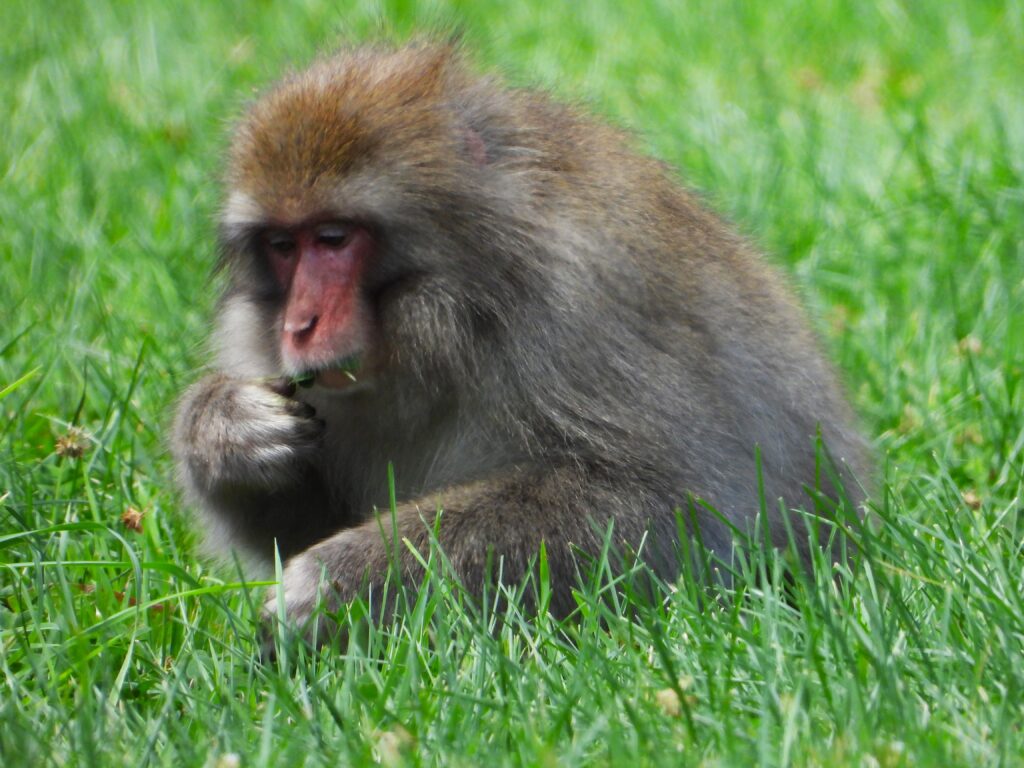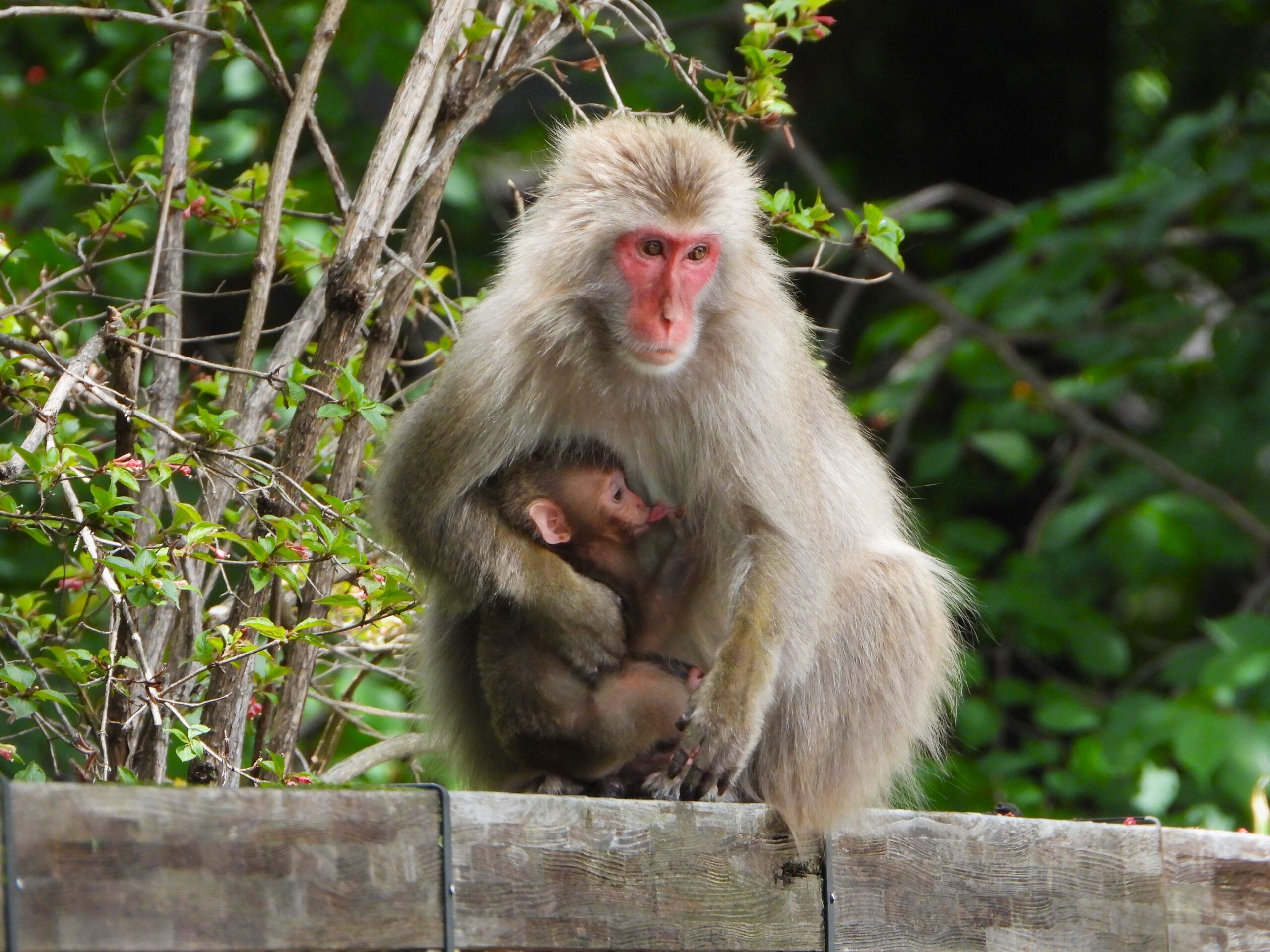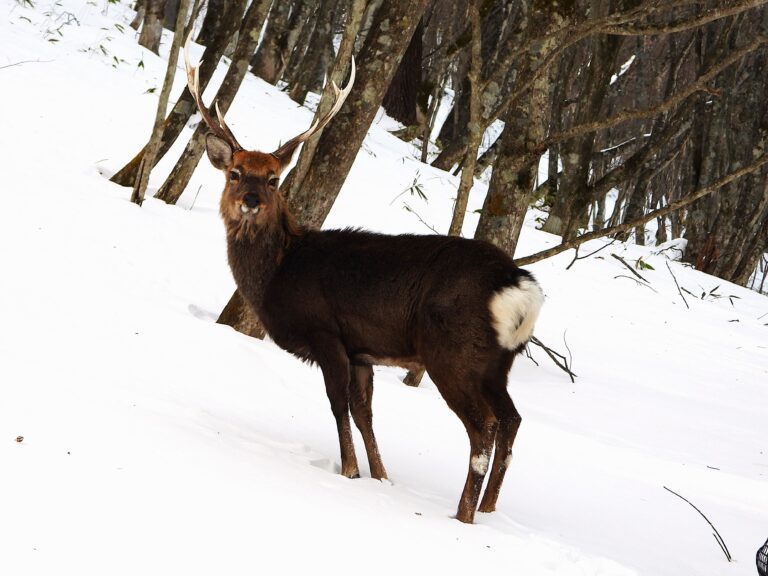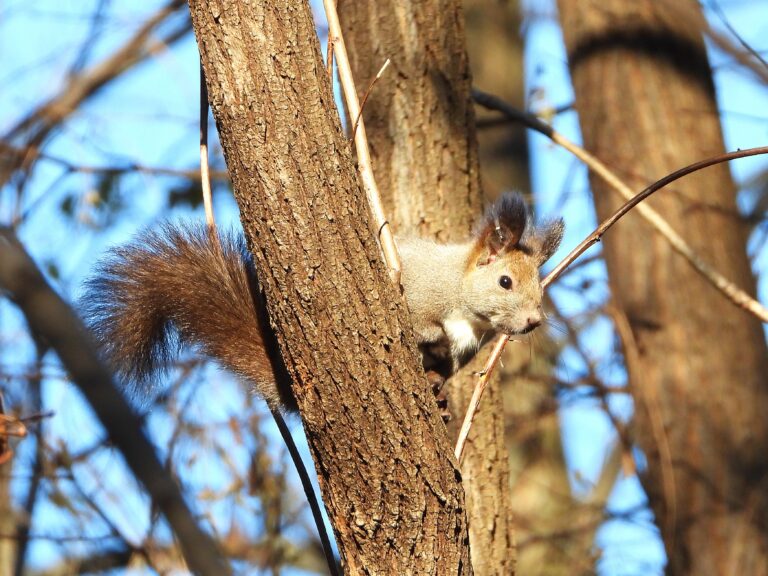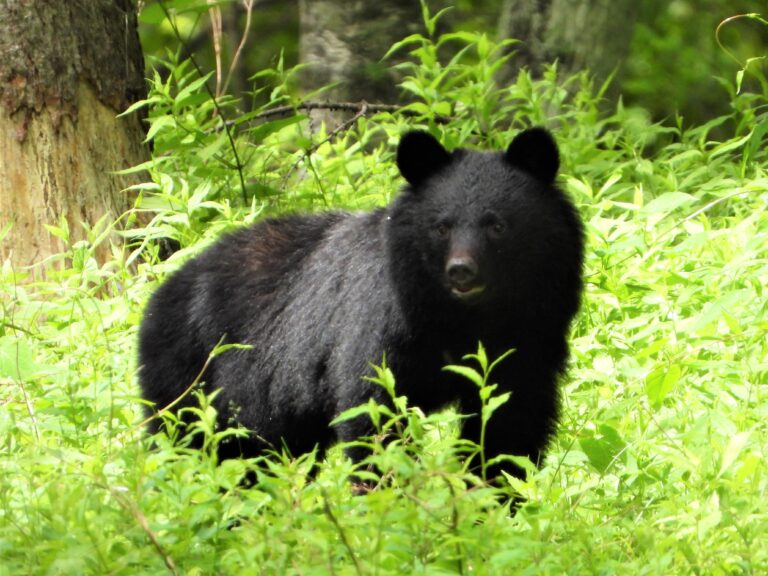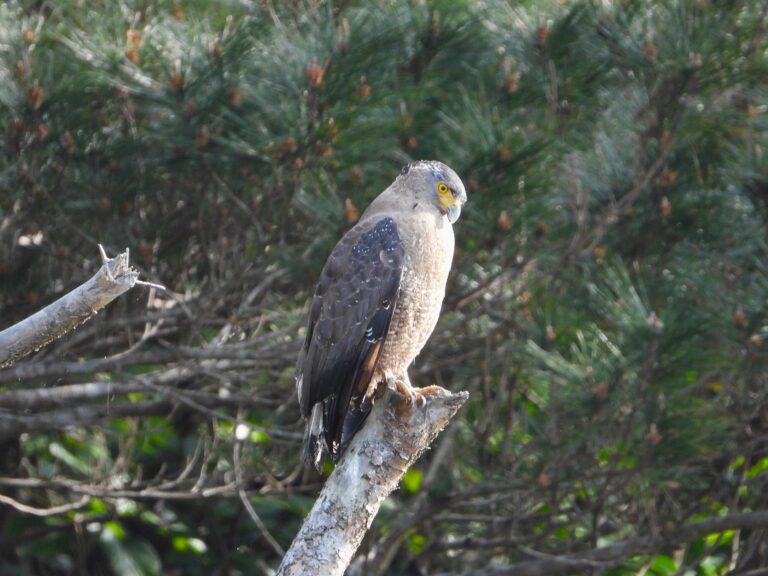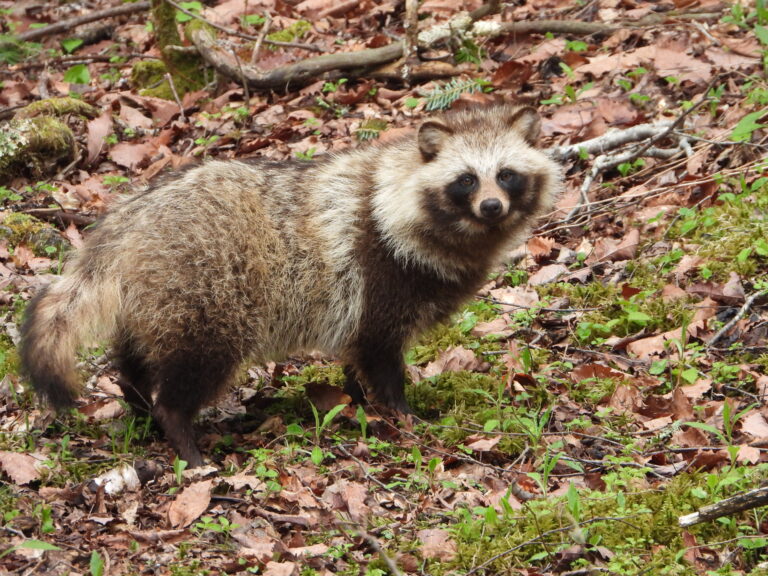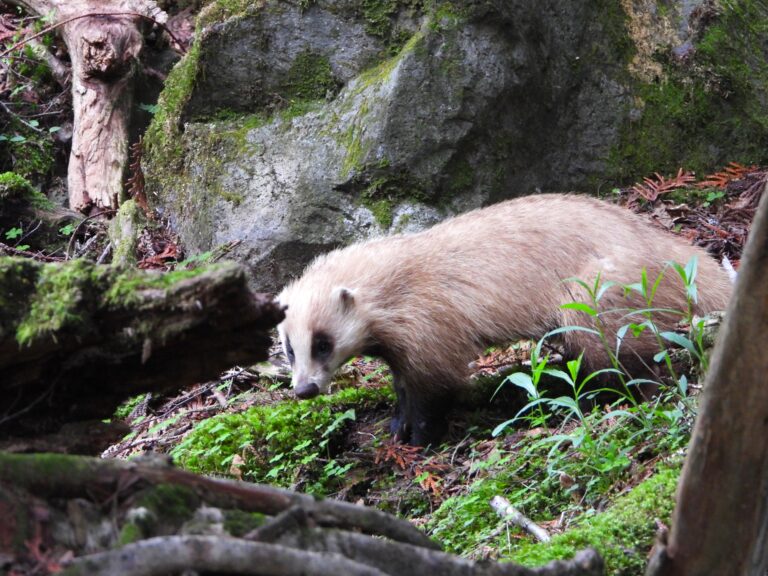Snow Monkey (Japanese Macaque) – Wildlife of Japan
Introduction
The Japanese macaque (Macaca fuscata), or “snow monkey,” is the world’s northernmost wild non-human primate and is endemic to Japan. It ranges from warm coastal forests to snowy mountains, aided by thick seasonal fur and behavioral flexibility. Two subspecies are recognized: the widespread M. f. fuscata on Honshu–Shikoku–Kyushu and the smaller M. f. yakui on Yakushima Island.
Appearance
They have a stocky build, a bare pink-to-reddish face, and a short tail averaging about 8–9 cm (around 92 mm in males and 79 mm in females). Their fur is gray-brown to brown and becomes very dense in winter, especially in snowy regions. Males are larger (about 11.3 kg; ~57 cm head–body) than females (about 8.4 kg; ~52 cm). Infants are darker and lighten with age.
Habitat & Distribution
They are native to Honshu, Shikoku, and Kyushu, and also present on several smaller islands, such as Yakushima and Shodoshima. They are absent from Hokkaido and Okinawa. The northernmost troops live on the Shimokita Peninsula in Aomori, where they endure heavy snowfall and long winters, earning them the nickname “snow monkey.”
Behavior
Japanese macaques live in multi-male, multi-female troops typically numbering several dozen individuals. Their society is matrilineal: females remain in their natal groups and inherit rank, while most males disperse at maturity. Communication involves vocalizations, facial expressions, and postures. They are well known for socially learned behaviors such as sweet-potato washing and wheat sifting on Koshima Island, and hot-spring bathing at Jigokudani in Nagano.
Grooming (Allogrooming)
Grooming is central to their social life. It is often kin-biased and rank-sensitive, and may be reciprocated or exchanged for benefits such as tolerance at feeding sites or agonistic support. Females typically groom a select subset of partners, reinforcing alliances. Beyond parasite removal, grooming reduces social tension and stress.
Diet
They are omnivores with strong seasonality. Their diet includes fruits, seeds and nuts (especially acorns), buds, young leaves, flowers, fungi, and bark. They also consume insects and other invertebrates. In winter they depend more on buds, bark, and cached nuts. In human-influenced areas they may raid crops or scavenge, leading to conflict.
Reproduction
Breeding is seasonal. Gestation lasts about 171–176 days, and births are concentrated in spring (April to June). A single infant is typical. Mothers nurse and carry their young for many months, while juveniles engage in play that develops social and foraging skills. Females mature around 3–4 years of age, males around 4–5.
Conservation & Coexistence
Globally the species is listed as Least Concern, but local situations vary. Habitat fragmentation and crop-raiding conflicts lead to culling in some regions. International trade in macaques is regulated under CITES Appendix II. Field etiquette for observers includes never feeding macaques, keeping a distance of over 10 meters, securing food and trash, and avoiding direct eye contact or sudden movements.
Author’s Impression
Japanese macaques are fascinating to observe, especially their grooming behavior and the playful antics of young monkeys. While they can be very cute, they also have a more intimidating side. I once encountered a troop at a bend in the road and was chased for about 100 meters. Such aggressive tendencies, combined with crop-raiding, illustrate why coexistence with humans is difficult in some regions.
